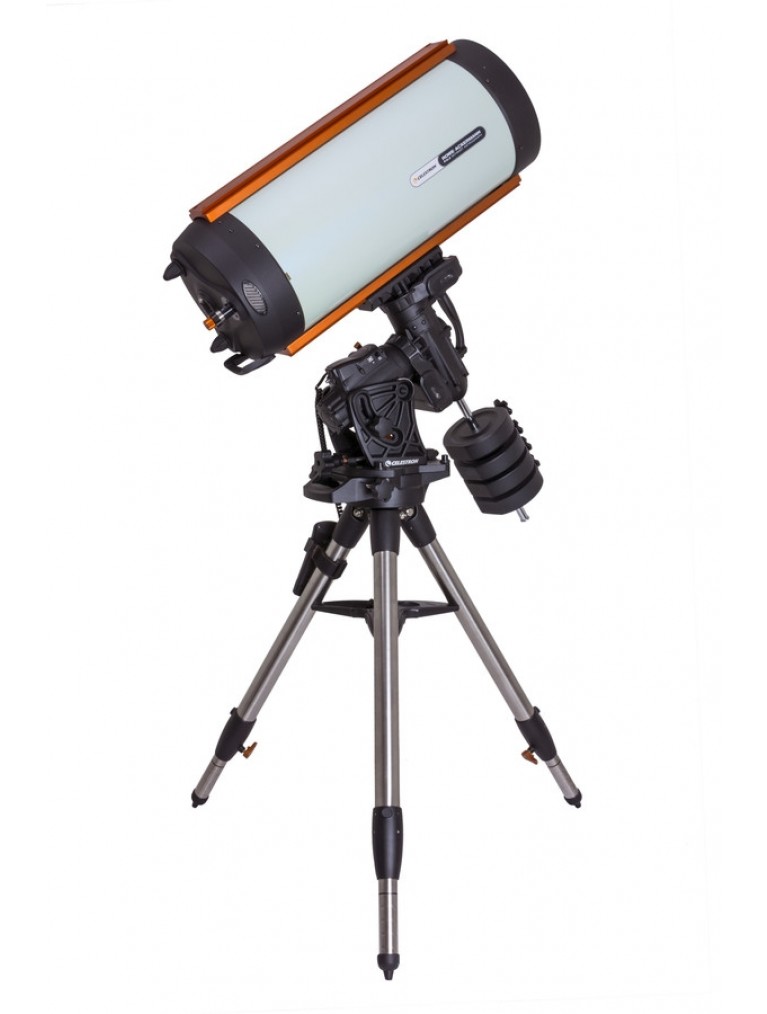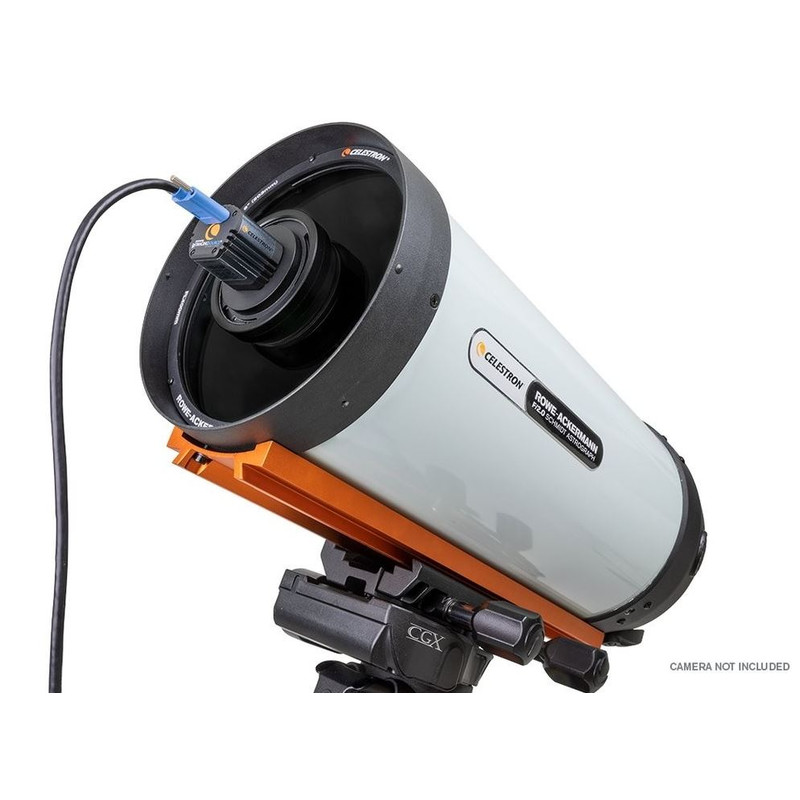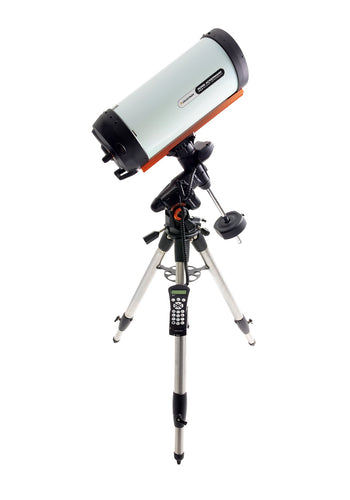

Video astronomy - also called "electronic-assisted astronomy" - changes all that. What should have elicited a "WOW!" too often turned into a "meh." This was hardly conducive to collective enjoyment. So, they usually took much less of a good long look than they really wanted. They were often bent over and uncomfortable adapting their bodies to our oddly angled rigs. They were inclined to be nervous about damaging your expensive 'scope self-conscious about the folks waiting behind them. These require concentration, which means not interacting with people very much.Įven before we needed to keep 6 feet (2 meters) of distance from one another, it wasn't that easy to coax friends or family members out into the cold to wait their turn at the eyepiece. One spends a long while setting up, plugging-in, aligning, calibrating, star-finding, pointing, focusing and fiddling. Astronomy has not exactly been the most communal of activities. Long before the novel coronavirus washed across our planet, we amateur astronomers were experienced practitioners of social distancing (opens in new tab), though not by choice or necessity. Something deeply moving on a screen after all! What's fast? Focal ratio explained If the telescope is "fast," those images can quickly add up to a glorious ghost of stellar nebulosity, materializing on a monitor, right before your eyes: The births and deaths of stars (opens in new tab) revealed.
#Rasa telescope software#
If you stack them up - rather than stringing them out - you can use software to build up the brightness, bring up the color, subtract out the self-noise of the camera.


But most stars are so far from one another, they don't seem to move on time scales humans can easily notice. Our human eyesight evolved to catch motion: Threatening predators, enticing food, treacherous situations, sexy people. The fastest stars - those booted out by supernova blasts or slung around by supermassive black holes (opens in new tab) - rip along at more than 1,500 km/s. Our own sun - along with planet Earth - is slashing through spacetime at about 220 kilometers per second, or 490,000 miles per hour. But video astronomy is not about seeing motion in the sky. Say the word "video" and most people think of something moving on a screen.


 0 kommentar(er)
0 kommentar(er)
